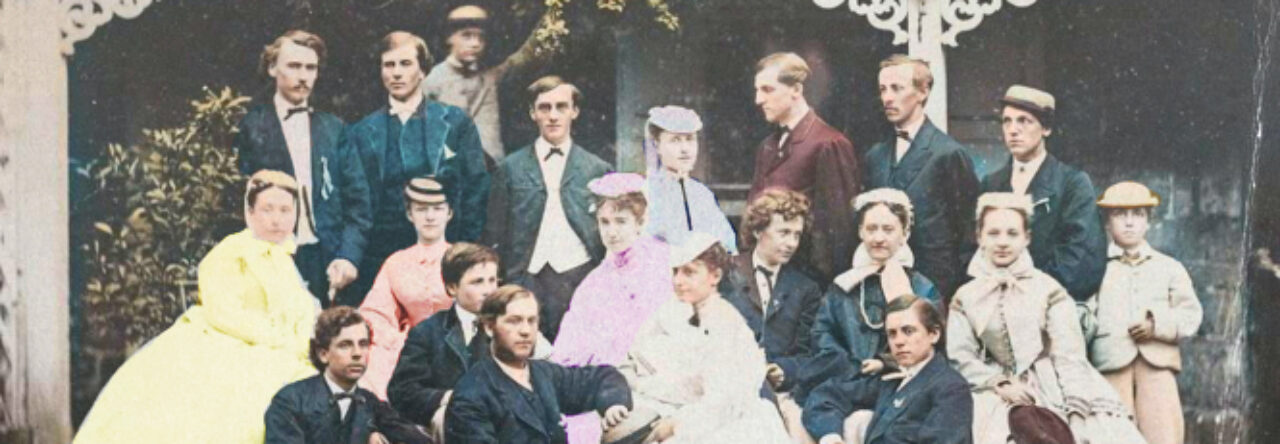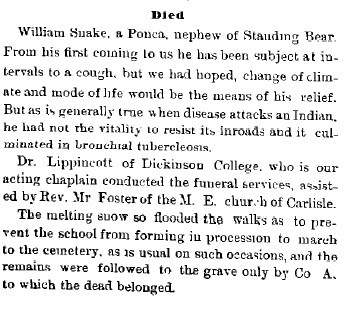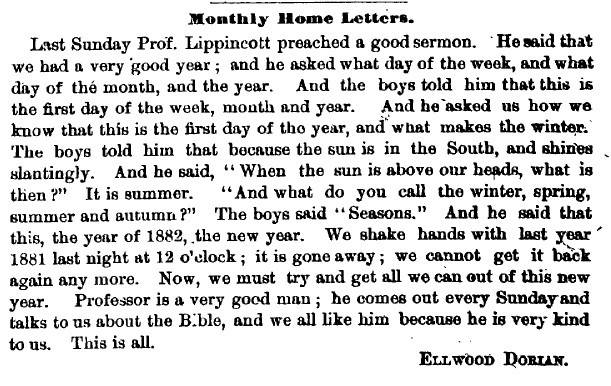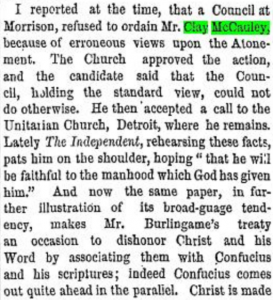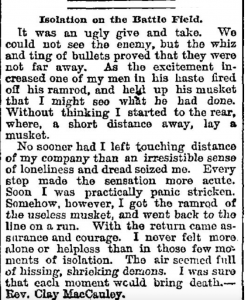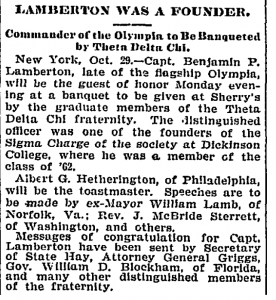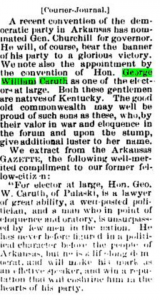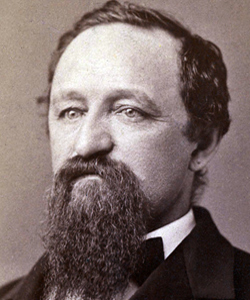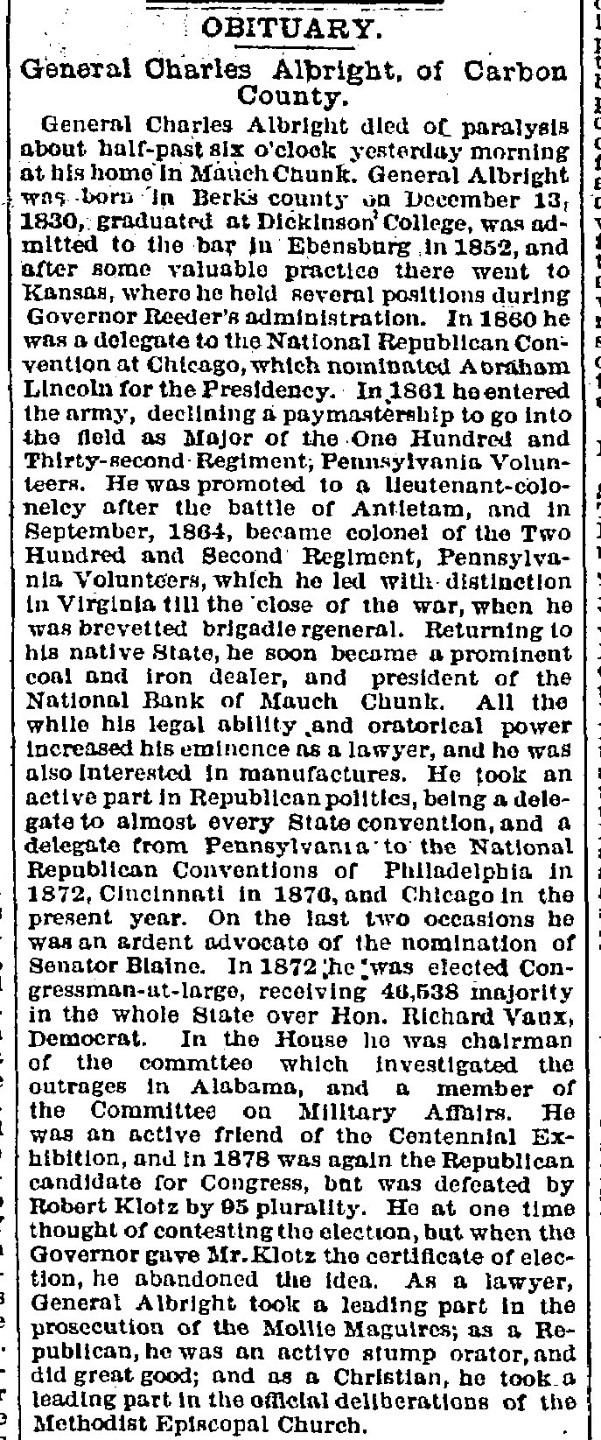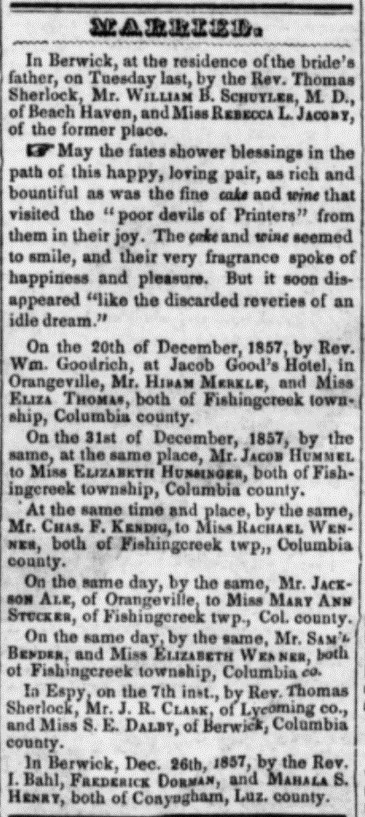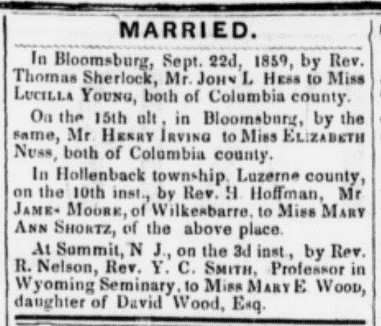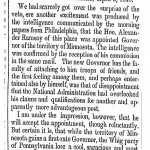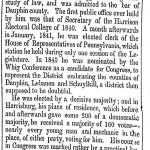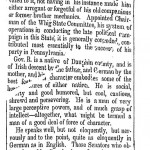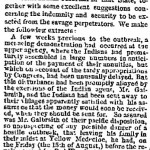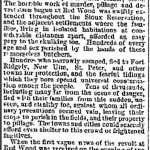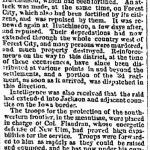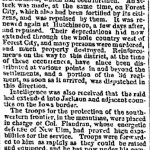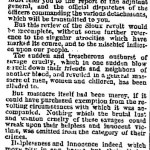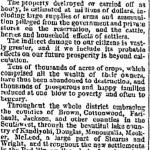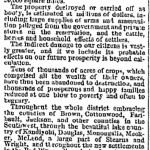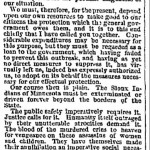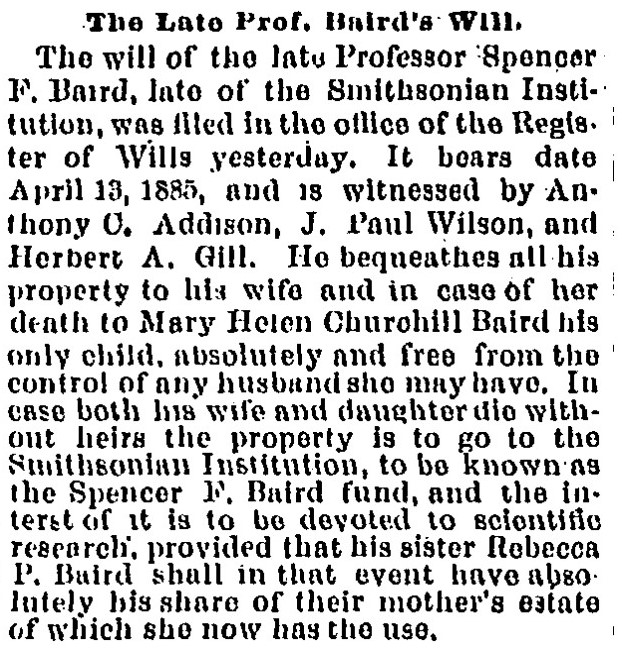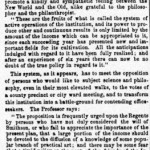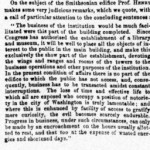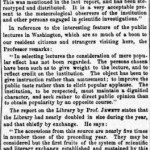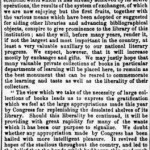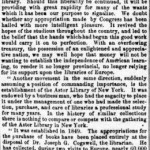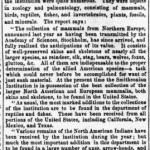By Amanda Donoghue
For part two of my historical newspaper hunt, I journeyed to the Cumberland County Historical Society to read through the newspapers from the Carlisle Indian Industrial School. This process would be a little different than the previous, as it required reading through newspapers on microfilm instead of searching digital articles in online databases. No key words, no search filters, just me, three hours, and a few hundred newspaper articles. In short, it would be about 50 billion times more exhausting and time-consuming.
I expected to be faced with the mysterious beast of microfilm, but I was handed 5 CD’s when I asked to look through the Carlisle Indian School newspapers. So, I sat down at one of the CCHS computers and loaded the PDF’s up one by one.
Luckily, I did have a slight point of reference, as I knew the time period that Lippincott was most heavily involved with the Carlisle Indian School. It was still a period of about 9 years, but that’s better than searching through the 39 years of the school’s existence. I also had a few specific articles that I found from the footnotes of secondary sources I found on Lippincott. I was most interested in finding an article written by Lippincott himself about his journey to the West where he recruited a few dozen students himself. However, I would still be happy to find any mention of him, as anything to help me visualize his experience, influence, and image at the school would be very helpful for my project.
I started at the beginning, searching through the first newspaper published by the school, Eadle Keatah Toh (this translates to The Morning Star, but it should not be confused with The Morning Star a later publication produced by the school). The amount of reading to do was overwhelming. I decided to do some hard-core skimming, quickly scrolling from page to page, only stopping when I saw “Lippincott.” I recognized that I may be missing some relevant articles that just happened to not mention the professor’s name, but I figured that once I had a better understanding of his involvement and could target my focus to specific dates, I would go back and read through more thoroughly. One of the most difficult yet important things to learn about the research process is how to do it quickly and efficiently, and I’m still in the process of trying to work out that balance.
Another difficulty I experienced with this type of research is the lack of organization that requires a lot more leg work. Each CD (5 in total) would have about 10-20 PDF files that each contained a number of newspapers that would usually span about a year and a half. However, they were not in any chronological order, so I had to literally scroll through every single file that contained over a year’s worth of newspapers to find maybe one or two per file that were relevant to my search. I was actually kicked out of the archives due to closing time before I was even able to finish, so my findings below only cover about half of the total newspapers on all of the CD’s, and those CD’s don’t even contain all of the newspapers from the Carlisle Indian School.
In spite of all of this exhaustion, I actually had fun reading through the papers, even the ones that weren’t relevant. One of my favorite finds was a short letter written by a student to the superintendent of the school, Captain Richard Henry Pratt. Regretfully, I didn’t save the excerpt, but in essence, the student, Conrad, was requesting a change of the name chosen for him (every student got new Anglo-Saxon names to replace their Native names) due to the fact that all of the other students called him Corn Head. In part, this is a sad story of a Native child being stripped of his culture, even down to his name, and forced to assimilate to a culture in which he did not belong. However, the language of the letter was so simple and the problem so small that it really reminded me how young these students were. They were people too, children who had toys and missed their parents and called each other Corn Head. I also can’t think of a cuter nickname for someone than Corn Head. I’m not sure if this article would be something that I could use in my final project, but it showed me that the student newspapers were an excellent source to find writing by the students themselves that can bring life to the digital exhibit that I will create.
In terms of the actually relevant discoveries, I found quite a bit. Two short pieces from the Eadle Keatah Toh in January 1881[1] and March 1883[2] reported the death of a few students and mentioned that Lippincott conducted their funerals. These pieces weren’t exceptionally interesting, but they do provide some nice framework into the sort of involvement that Lippincott had at the school. They could be useful as I create my digital timeline of Lippincott’s involvement with the Carlisle Indian School, as they are small moments in time that speak to the sort of connection that Lippincott had with the school and its students.
Another piece I found, under the “Monthly Home Letters” section of the February 1882 edition of the Eadle Keatah Toh[3] is a short letter written by a student to his family and friends back home. It describes the sermon they received at Church the previous Sunday from Lippincott, and a short but sweet interaction between the Professor and the students. Obviously, this newspaper was heavily censored, as it was published by the administration of the school, so it must be called in to question whether the students truly felt this way towards Lippincott, but it does shed more light on Lippincott’s involvement and the ways in which he interacted with the students.
The most exciting find was the article I was hoping to find from the beginning: a lengthy front-page article in The Morning Star of a letter written by Lippincott himself to Pratt about his recruitment of 51 students from various tribes in Kansas in September of 1882.[4] There were a few interesting pieces from this letter, including several small anecdotes where Lippincott, who is essentially forcing Native parents to give up their children and possibly never see them again, shows a surprising amount of care and empathy for the children. Even though physicians advised the professor to not accept a young boy who actually wanted to join the school due to an illness—potentially consumption—he still brought him because “sentiment and humanity protest against separating the boy from his sisters” (1:2). However, a strong racist sentiment was still apparent where Lippincott refers to two girls with one Native parent and one white parent as “half breeds” (1:3).
I found this article, with Lippincott’s combination of empathy and kindness but also extreme racism towards and patronization of the Natives, to be fascinating. They really force me as a historian to practice empathy, as it’s hard to view what Lippincott does as acts of kindness, although that is how he sees it. It would be interesting to contrast this work (along with the article on the Carlisle Indian School written by Lippincott) with the writings of Native teacher at the school Zitkala Ša, who strongly condemned the school.
Furthermore, at the end of the letter, Lippincott lists the names of all the students he ended up bringing to the school. This provides me with the extremely exciting opportunity to possibly find these students and frame my project around them. I’ve done a quick search of their names in the “Student Record” portion of the Carlisle Indian School Digital Resource Center, with no results, but I plan to reach out to other sources, such as Barbara Landis, who has conducted a lot of research in identifying the students of the Carlisle Indian School, to continue my research.
[1] “Died,” Eadle Keatah Toh, (Carlisle, PA), Jan. 1881.
[2] “Died,” Eadle Keatah Toh, (Carlisle, PA), March 1883.
[3] “Monthly Home Letters,” Eadle Keatah Toh, (Carlisle, PA), Feb. 1882.
[4] “Dr. Lippincott’s Report,” The Morning Star, (Carlisle, PA), September 1882.
